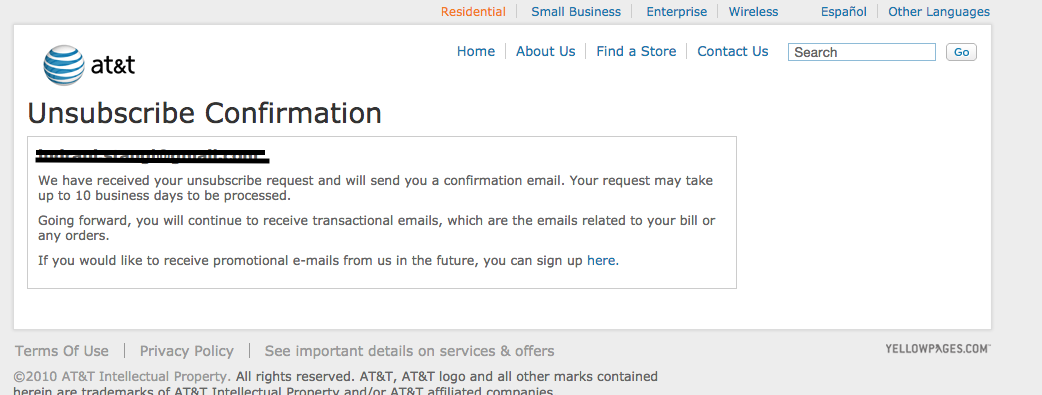“Don’t you love the way companies find you and spam you daily the moment you make a sideways glance towards one of their products?” Indrani Stangl asks us. It’s a good question. It’s all too easy to get sucked into a newsletter situation. Some of them are good, many of them are all kinds of blight. Here, Stangl goes deeper into the unsubcribe dilemma.
My inbox, like everyone else’s, is brimming with newsletters, offers, coupons, and other nonsense. Why I would take the time to read a newsletter by a staffer at ‘Nothing Bundt Cakes’ (don’t get me started on ridiculous company names) or the place I purchased dog poop bags from, is beyond me. Generally speaking I filter these directly into my trash file, but every once in a while, enough is enough. I take the time to click the ‘unsubscribe’ link that is in .00001 type at the very bottom of their message.
Then starts the drill. Login to update your preferences (login? I didn’t even know I had an account!), click (or unclick) a million boxes, and try to find the hidden ‘save’ button. Once you have navigated this malarkey, you get a message like this.
Really? It takes up to 10 days to process the request?
Sure enough, they continue the spam-apolooza hoping I will forget I unsubscribed in the first place. I don’t know how much time I waste with every click of the ‘trash’ but I am sure it has accumulated to a couple days off my life. At least. Days I can never get back.
Keep these coming. Send them to us via Twitter or Facebook using the hastag #wtfUX or email them to: [email protected] with “#wtfUX” in the subject line. Include as much context as you can, so we get a full understanding of what the f%*k went wrong. Image of overstuffed mailbox courtesy Shutterstock.








